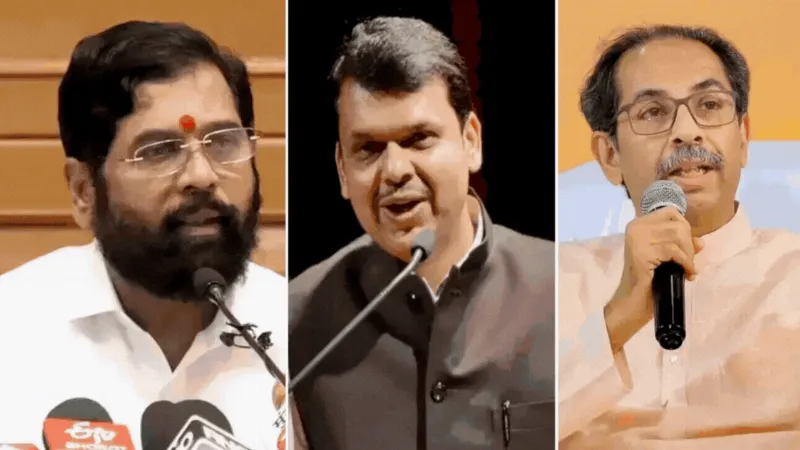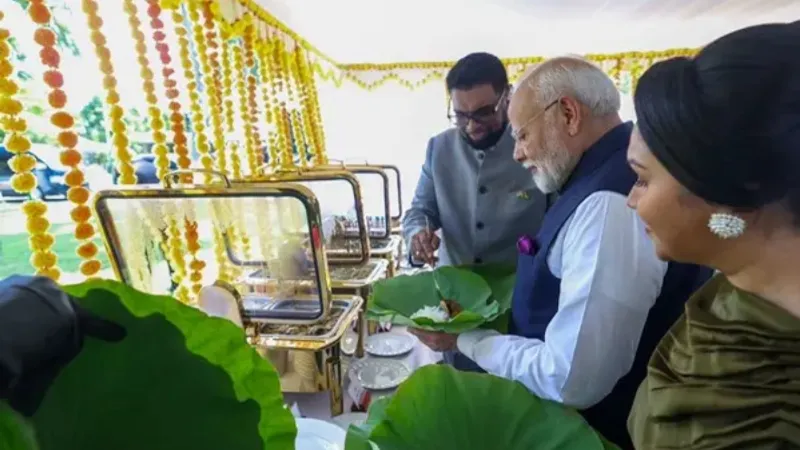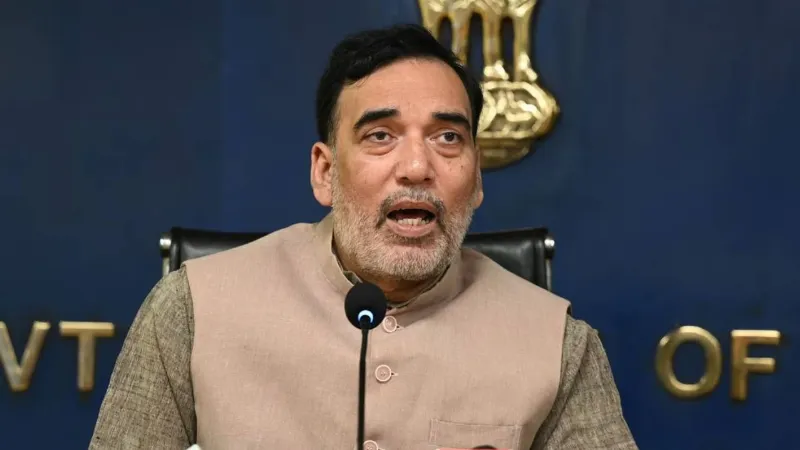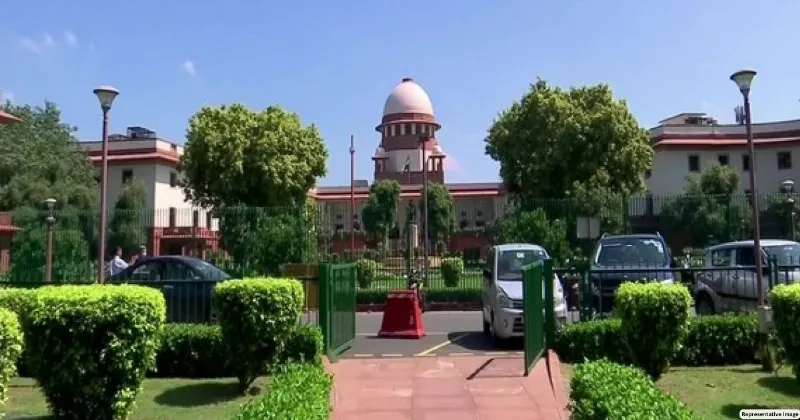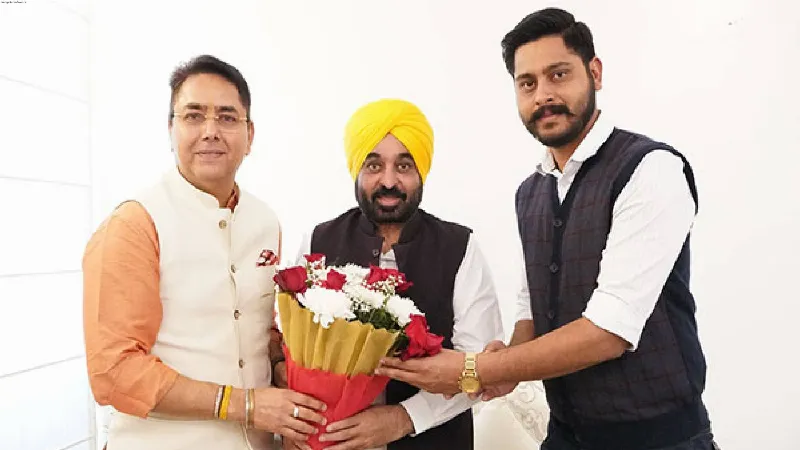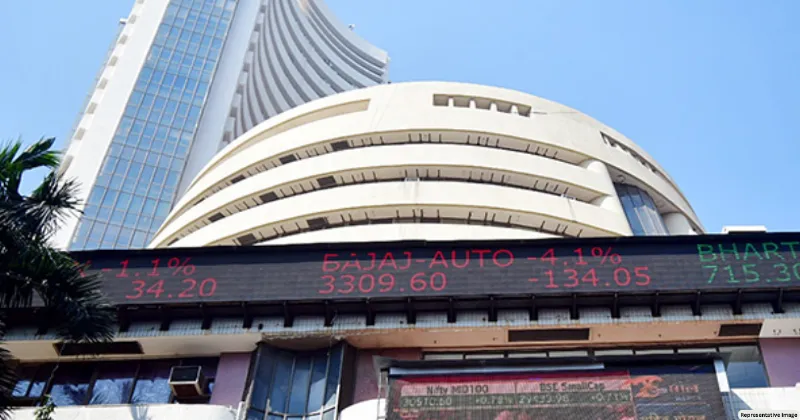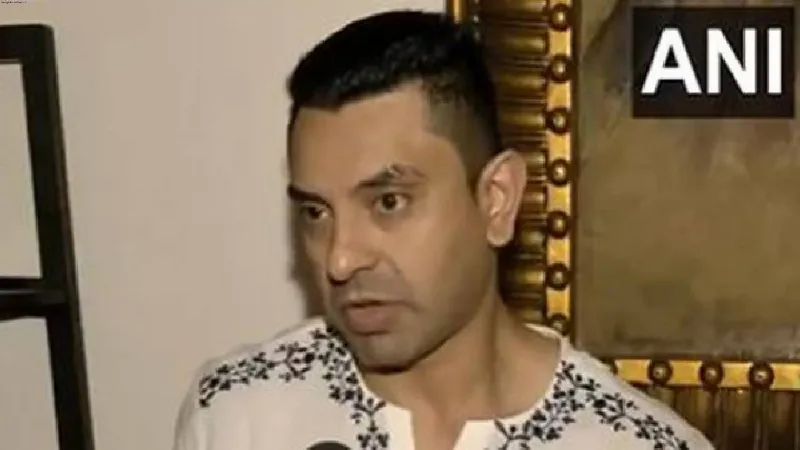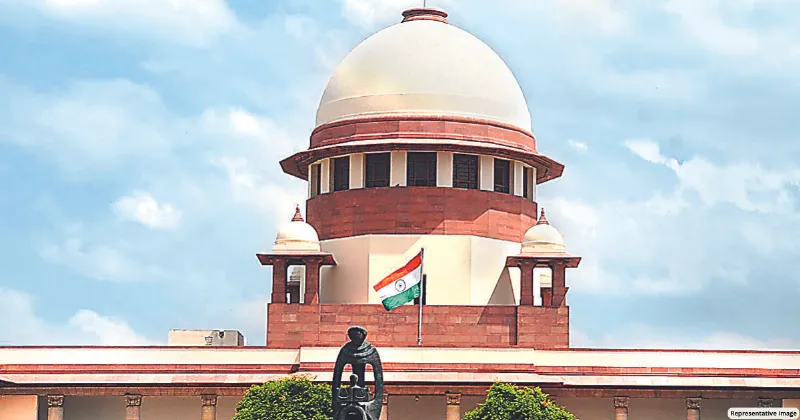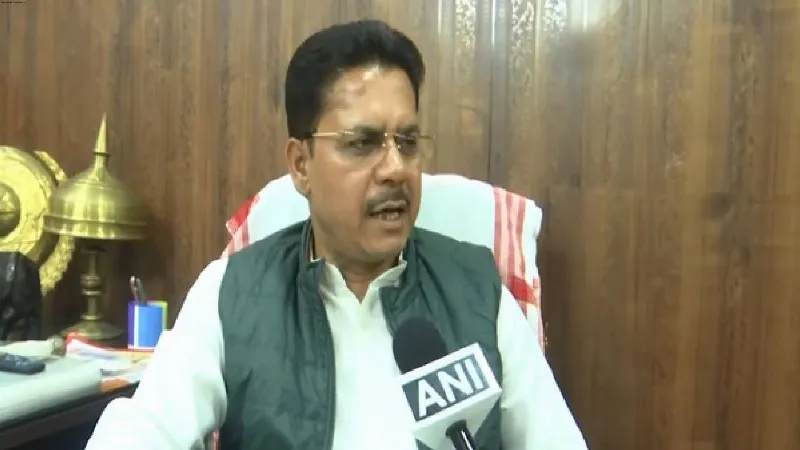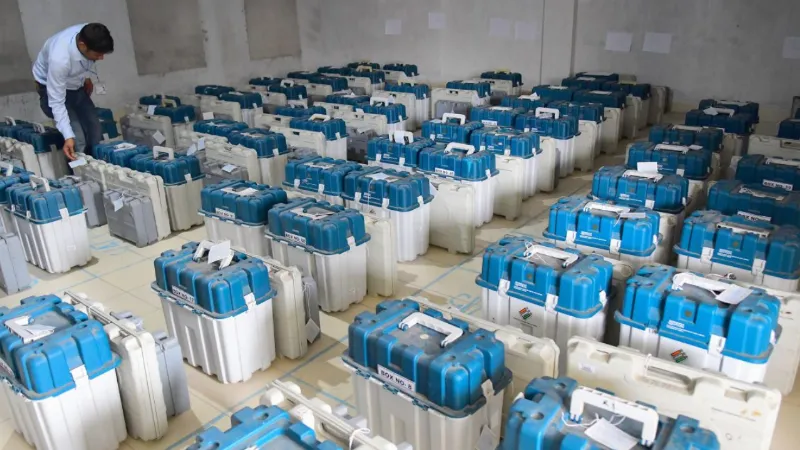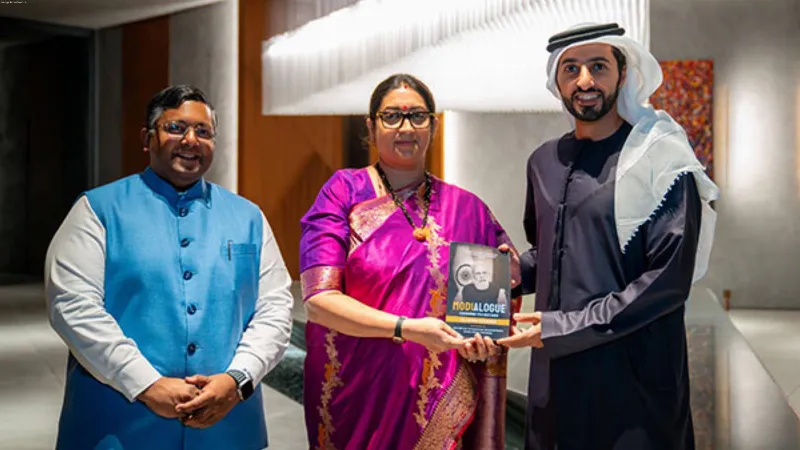If you live in Lakshadweep, your one vote has power of thirty votes!

Jaipur: At present, each MP has 4 times more voters than in the first election held in 1951–52. In previous polls, where 5 lakh voters used to elect one MP, now around 20 lakh voters elect one MP. Some states are suffering a loss due to number of LS seats being stable. Since number of MPs became stable, the population has increased significantly. Due to the stabilization of numbers, the political balance has also been disturbed.
The value of votes in all the states of the country has become unequal. Indian MPs represent the largest population in the world, which is much higher than the global average.
Due to the high population in the parliamentary constituency, the public representatives are not able to develop their area properly and their reach to the people has also been limited. If a representative is elected from a smaller population then he or she will be able to develop his area properly.
In delimitation done based on 1971 Census, one Lok Sabha seat was created for population of 10 to 10.6 lakh in big states, but now there has been a lot of difference. In our country, there is one Lok Sabha MP for a population of more than 25 lakh. This is the highest in the world.
The Constitution talks about one MP for a maximum population of ten lakh. It also says that the number of MPs cannot exceed 550. The Constitution also mandates to increase or decrease of the number of seats in the states according to the population. Accordingly, till 1971, the number of seats in the country and different states also increased and decreased. But, there has been no change in this for the last 50 years. The result of this was that today in UP there is one MP for every 30 lakh people and in Tamil Nadu there is one MP for every 20 lakh people. If we look at the midyear survey of 2016, an MP from Rajasthan represents a population of 30 lakh while an MP from Kerala represents less than 18 lakh. MPs from smaller states and union territories represent smaller populations but it was considered necessary from beginning that at least one Lok Sabha MP should be elected from even smallest state.
VALUE OF VOTES BECAME UNEQUAL AS NUMBER OF MPS BECAME STABLE
Malkajgiri of Telangana is the largest Lok Sabha constituency in the country with 31,83,325 voters. Whereas in Lakshadweep the number of voters is around 50,000.
According to this, the voters of Lakshadweep are thirty times more powerful than the voters of other seats in the country. If compared with Lakshadweep, Malkajgiri has 64 times more voters which means that one vote of Lakshadweep is equal to 64 votes of Malkajgiri.
NO. OF SEATS KEPT INCREASING TILL 1971
Delimitation was done based on the Census of 1951, 1961 and 1971. Due to less population increase in the states of South India, the LS seats of Hindi belt states were increased. Thus the political power of the southern states started decreasing. By linking this with population control, they stabilised the number of seats.

